Equipment
Besides the Leica Q I used the Olympus OM-D E-M10 Mark II with the M.Zuiko 8mm Fisheye Pro, the 42.5mm F1.2 Nocticron and the M.Zuiko 75mm F1.8 lenses – you don’t want to miss a shot. Near the end of the vacation I often just took the Leica Q with me and left the camera bag in the hotel. Sometimes I didn’t even use the camera grip, an accessory that I nearly always use because it makes the handling of the camera much better. For the first time I used a camera strap so the grip wasn’t necessary most of the time.
Limiting myself in this way was possible because the Leica Q is a really flexible camera besides its single focal length lens of 28mm. One might think that the Leica Q with a non-interchangeable lens and a short focal length like this is not flexible at all but in the real world it became obvious that nearly everything travel related is possible with this camera – even though it doesn’t have a zoom lens. Camera flexibilty is not only related to variable focal lengths but also to other features like the large aperture of the lens (in this case f/1.7) or macro abilities. The Leica has a dedicated macro mode that allows to focus as near as 17cm – not bad at all. You can read the specs of the camera online and there are lots of photos of the camera available so I will not get into further details.
In the following paragraphs I will show you some examples of travel releated photos from Kyushu that may show why I seriously consider only taking the Leica Q to my next trip – except it will be a safari ;).
Street Photografie / Candid Portraits
This is what the camera is made for in my opinion. Yes, 28mm is really short and you have to be very close to your subject but the lens is so sharp that it’s also possible to crop a lot after the fact if required. You can also decide to have 35mm and 50mm framelines on the screen / in the EVF and your JPGs will be saved in the chosen mode – The DNG on the other hand is saved in the full 28mm full frame mode so you don’t lose resolution. A nice idea and something that I use from to time e.g. for portraits that I share via social media channels directly. I always safe DNG + JPG and at home I only use the DNG files in Lightroom since they look much better and the files are far more flexible when it comes to light and shadow adjustments.
Another very useful feature is the face recognition – it works like a charm and I made many candid shots without looking at the camera, a nice stealth mode. The same can be said about the autofocus, which is fast and reliable even in low light. I saved 4 presets in the camera that are available via a function button, two presets with face recognition and two presets without face recognition, each of them for day and night photography with different maximum shutter speeds and ISO values. I nearly never use the manual focus even though it works quite good, since the autofocus is so good I only use manual focus e.g. for long exposures at night or when I want to focus on something behind a window when the camera can’t tell what I want to do. It’s also great for candid shots that the camera is nearly silent, the shutter sound is very quiet and for exposure shorter than 1/2000 it’s completely silent due to the electronic shutter that kicks in.
Here are some examples regarding street photography / candid shots during my time in Kyushu:
Portraits
Well, 28mm is not an ideal focal length for portraits but nevertheless the Leica Q is suited for them. You shouldn’t make head or head/shoulder portraits with 28mm, due to the short distance to the subject you get some not really flattering effects like big noses – something that can look cute with children but your girlfriend will not be excited about the photos you show her ;). With the Q you should make environmental portraits, including the surrounding and the upper body of your subject. It’s also possible to crop to 35mm or even 50mm, the quality is still really good and you will get away with about 16 (35mm) or 8 (50mm) megapixels. You want to show the environment anyway while travelling so I don’t consider the 28mm a big negative and you can still achieve a nice subject isolation due to the f/1.7 aperture and the 35mm sensor. These are some examples for portraits with the Q, slightly cropped in most of the cases:
Landscape and Architecture
28mm is a good focal length for landscape and architecture. You don’t get a lot of distortion on the buildings depending on your position and at about f/8 everything is sharp. It’s also possible to achieve some subject isolation if the lens is used wide open. I used shorter focal lenghts in the past but I don’t feel the need to use them anymore. For extreme cases I still have a fisheye lens.
Food / Macro
The short focal length in combination with the macro abilities of the lens make the Q a good partner for food photographers. You might want to crop a little to get rid of distortion that you would get if you place the camera very near to your subject but in summary the Q is very capable for this. Since I currently don’t own a dedicated macro lens the Q is a good substitute for close-ups even though it can’t compete with a real macro lens when it comes to the reproduction scale.
Downsides
Not even the Q is perfect, of course not. Even though 28mm are quite flexible I would prefer 35mm like most people probably do. It would prevent distortion and would leave some more resolution for portraits. Also the touch screen is poorly implemented since it’s not possible to adjust the focus point via the touch screen and focus with the shutter button afterwards, that makes that mode rather pointless for me. It’s possible to make a photo via touch so at least that is possible. You can also keep your finger on the screen while using the point autofocus and adjust the focus while moving the finger on the creen but that is simply to slow.
I also miss a tilt screen badly. I like to make photos from unusual perspectives or near the ground and I break my back while trying to see something on the screen especially when the sun shines very bright. Another disadvantage is the lack of weather and dust sealing on the body, giving the price point of more than 4000$ I am disappointed that this was not implemented. I already had to send the camera to the service because I spotted dust on my camera sensor that I couln’t remove myself due to the fixed lens.
Well, that’s about it. In summary the Q is currently the best compromise for me – I hope a successor will address the few things that at least I consider negative.
You can see the complete set of photos from Kyushu here:
It’s also possible to buy the photos there, alternatively also on EyeEm:
I hope you liked the article – please provide me with your comments either via the comment function below or by getting in touch directly, thanks.
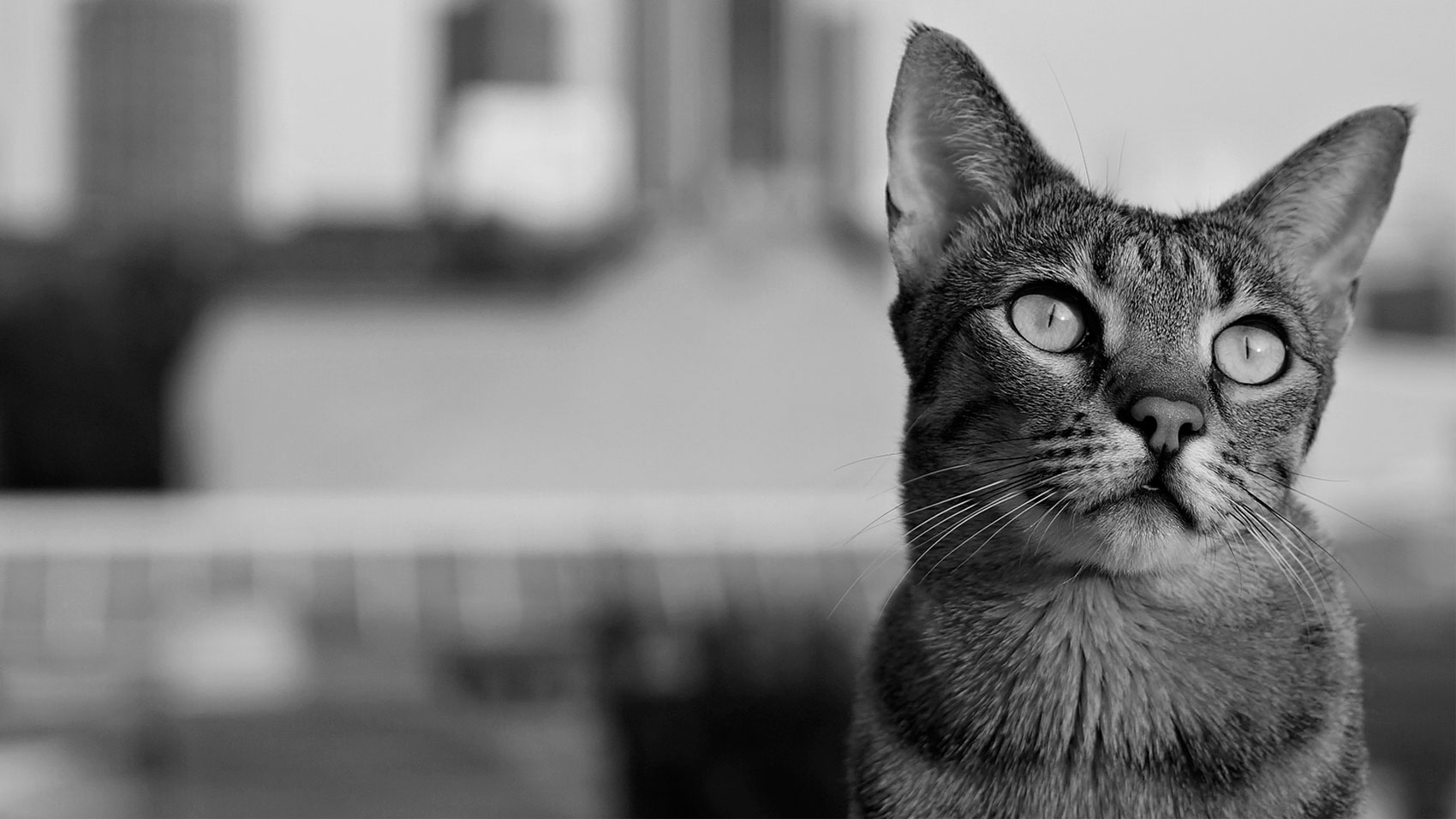

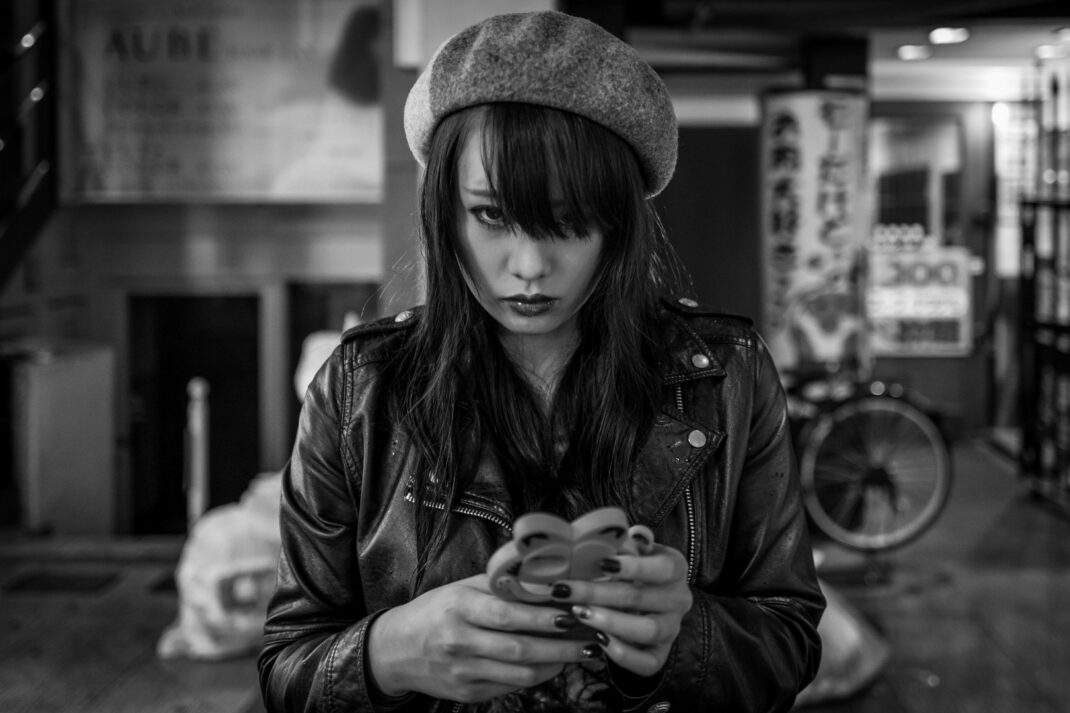
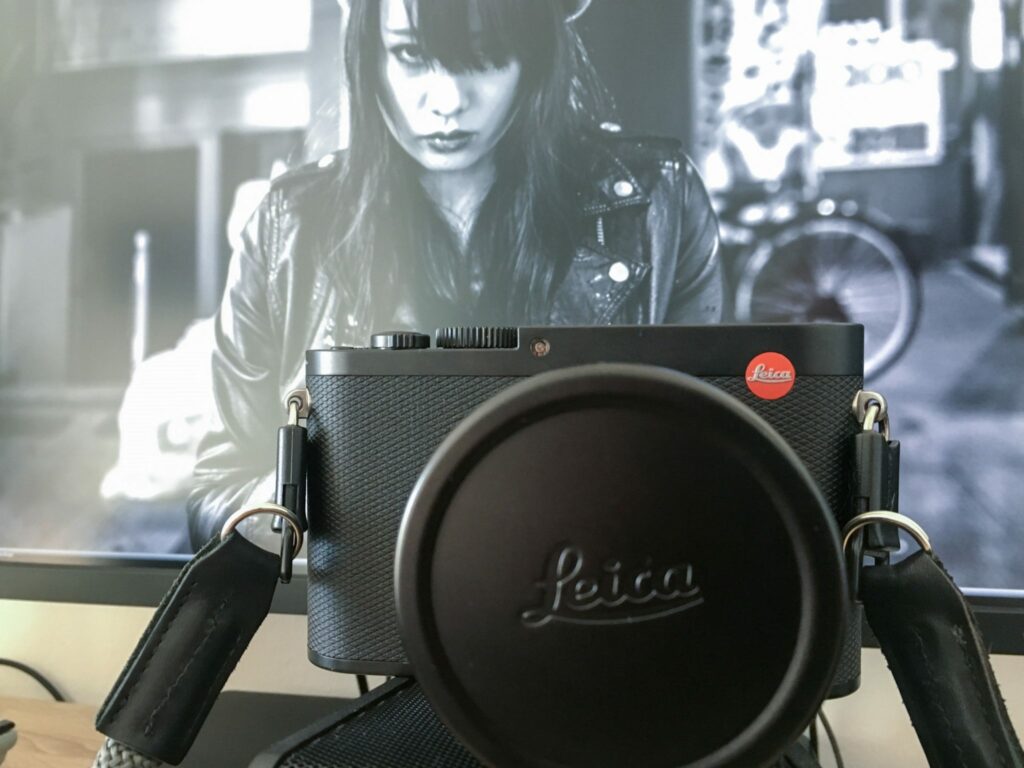












































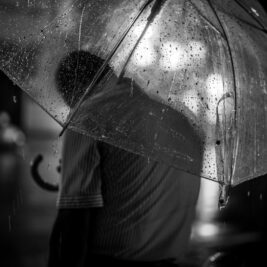
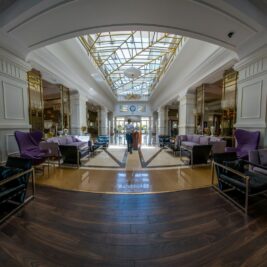
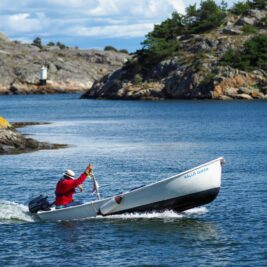
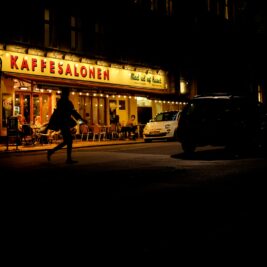
Nice article as always !
I have long been attracted by this camera but the price and focal length does frighten me. What about the EVF ? How good is it compared to other camera you had the chance to try?
Thanks, Romain! The EVF is really good but I wouldn’t say it’s better than e.g. the ones in the Fuji or Olympus cameras I tried. The technology is a little different so some people say it’s better and some people don’t like it that much since it can get a little fuzzy in the edges while moving the camera. It’s best to try it out.
Awesome set of photos!
I would love to have weather sealing, and a tilt LCD screen as well, though not at the risk of the Q becoming more bulky.
Thank you for a great post!
Thanks, I’m glad you like the photos! I agree that the size needs to stay about the same but I wouldn’t mind 20 or 30 grams extra for the features you mentioned ;).
Hello! I have a Q 2 since June and used it a few times. When it comes to Streetphotography or Portraiture I frankly have Problems with the Autofocus, especially with a wide open Aperture. First I tried “Face Detection”, which didn’t work consistently and in worst Case the Camera operates in “Multifield-Focussing”. 1-Field-Metering didn’t make the Job either, so I work in most of the Cases with Spot-Focus. What am I doing wrong or have to consider? Thank you for your answer in advance and Best Regards!
Hi Helmut,
Thanks for your comment. I own the Q2 also and I use either face detect or spot focus and both work just fine for me. In backlight situations both are not very reliable but since it’s contrast autofocus you need to focus on contrasty points like edges and it works quite good for me. I think it’s just a matter of practice and getting used to the camera. Hybrid phase detect / contrast autofocus like on newer Sony cameras is more advanced but the Q / Q2 are very good from my experience. Cheers, Pierre
Hi Frank,
thank you for your interesting post and wonderful pictures!
I have the Leica Q and simply love it!
Reading about your idea with the 4 presets of face recognition day/night and 2 without face recognition seems very helpful.
Would you mind sharing your settings for all 4 presets (shutter and iso and perhaps other helpful hints)?
Thank you so much!
Best Regards,
Richard